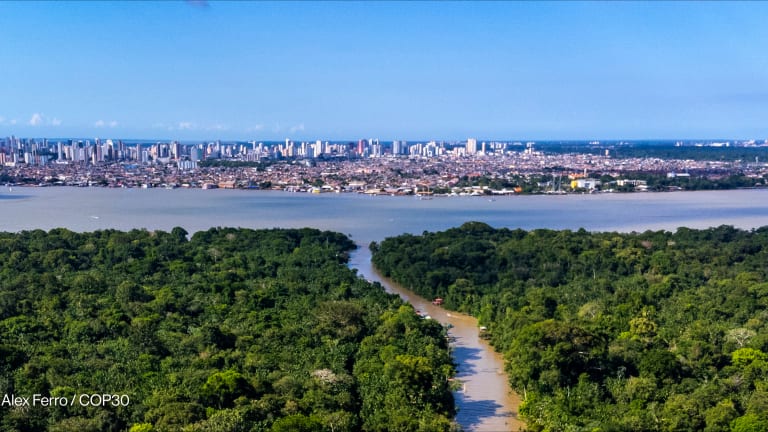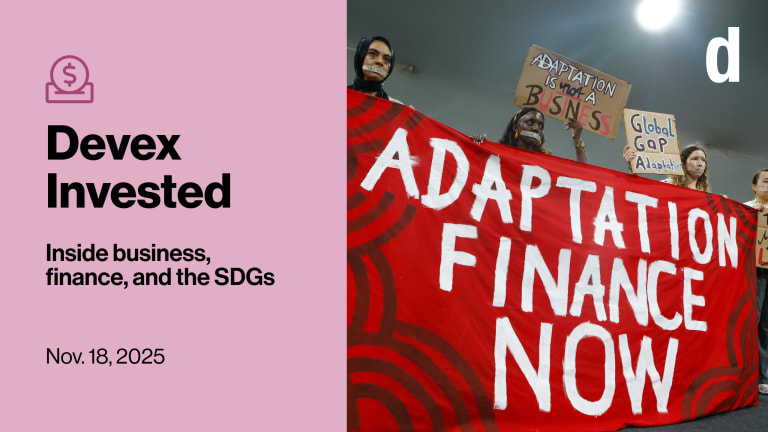The historical decision to establish a loss and damage, or L&D, fund was a major breakthrough of COP 27, last year’s U.N. climate summit. But when the committee in charge of the particulars of who pays who, how, where, and what failed to reach an agreement in Egypt just a few weeks before COP 28, many feared its implementation would hit another brick wall and derail any further progress on climate change altogether.
Fortunately, a deal was struck in Abu Dhabi on Nov. 3-5, but the clearly visible tensions exacerbated the profound divisions that have been reinforcing the injustices of the climate crisis between high-income and low-income nations since the genesis of L&D negotiations in the 1990s.
Needless to say, failing to deliver on the long-awaited loss and damage fund would have had disastrous consequences for climate justice, economic development, and international diplomacy. Low-income countries, especially African countries, are at risk of not benefitting from just and equitable compensation for the actions of high-income countries that have contributed to the climate crisis.








